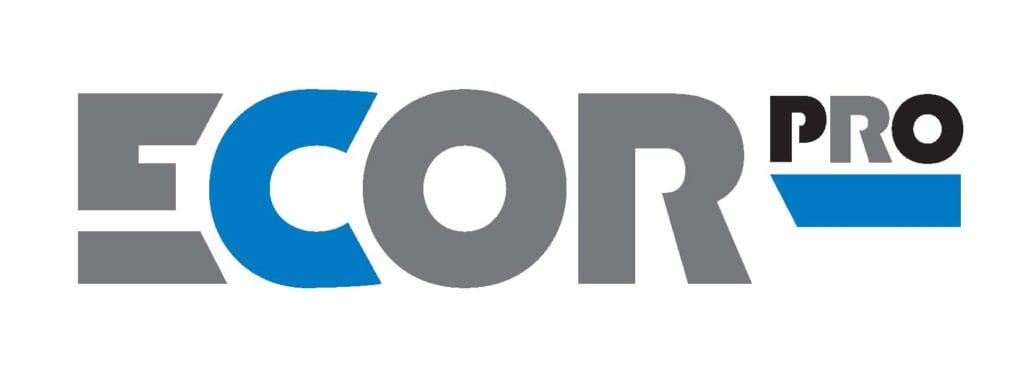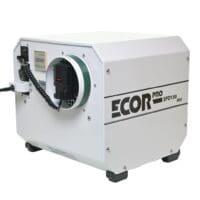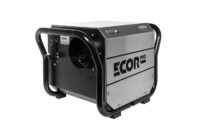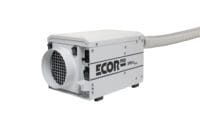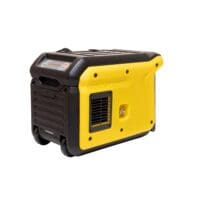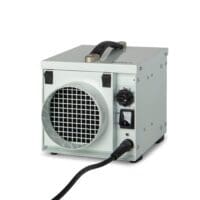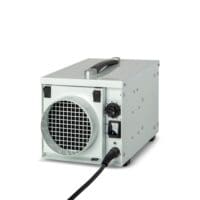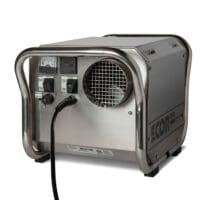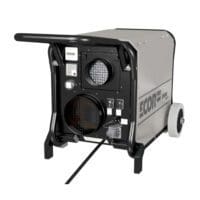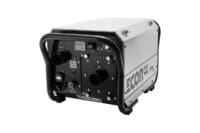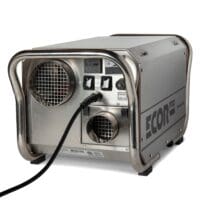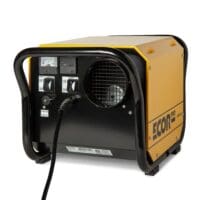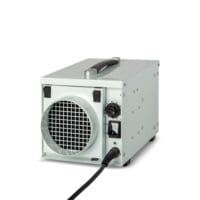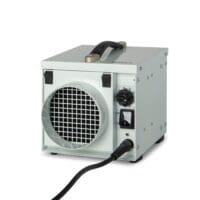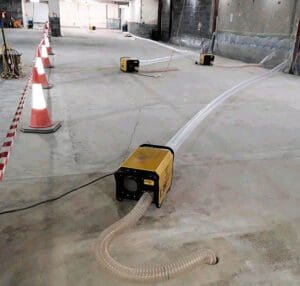Identifying a damp issue early and taking measures to deal with it, before it causes too much damage, is always the best policy.
Fortunately, there are some tell-tale signs to look out for.
Damp characteristically leaves stains, dark patches and discolouration on walls. It can also lead to mould forming.
In confined and none ventilated spaces, it’s usually accompanied by an unmistakably musty smell.
Decayed skirting boards and damaged wall plaster within properties are also often a sign.
There are three main types of damp to look out for: condensation, rising damp and penetrating damp.
Condensation:
- From moisture produced in the property through normal living i.e cooking, showering and drying cloths.
- Evaporates into the atmosphere and then condenses on a cold surface, such as an external wall.
- Found in properties of any age, size or design but often in modern properties.
- Preventing it requires a change in habits, such as keeping rooms at an even, moderate temperature and opening the windows to increase ventilation.
- If you don’t want to waste that heat energy or not alter your way of life then an Ecor Pro dehumidifier is ideal.
Rising Damp:
- Moisture is drawn upwards through the mortar and masonry of a building by capillarity.
- More porous building materials such as brick and sandstone are most susceptible, however any masonry type can be affected.
- From the 1900’s onward, most buildings incorporated a damp proof course (often referred to as a DPC) that acts as a horizontal barrier to water rising.
- If you are maintaining an older building then this might not be the case, as a damp proof course will not have been included in its construction, or the existing one may have failed.
- To remedy this you will need specialized contractors to seal the DPC or put on in.
Penetrating Damp:
- Penetrating damp is most often caused by exposure to prevailing winds, which can drive rain into the masonry; most pronounced on buildings with solid rather than cavity walls.
- Property defects such as defective pointing, gaps around windows, leaking roofs and gutters or even flower beds banked up against the side of the building can all lead to moisture entering the building.
- Most effective way to protect a property from penetrating damp is to firstly rectify such defects and then apply a breathable water repellent cream to the exterior of the property.
Leak Next Door or in the Wall
- A leak in the wall or from next door is easy to detect since unlike rising damp the water marks start up the wall not from the bottom
Top tips to prevent damp in your property:
- If the coldest wall in the home (one that gets the least sunlight on it typically the North wall) has the most signs of damp it’s probably condensation.
- Sicherstellen, dass die äußeren Bodenebenen mindestens 150 mm unter der aktuellen Feuchtigkeitssperrschicht des Gebäudes liegen
- Überprüfen Sie regelmäßig Dachrinnen, Fallrohre und Abflüsse, um sicherzustellen, dass es keine Verstopfungen oder Lecks gibt, so dass ständig Wasser an der Außenwand herunterläuft.
- Überprüfen Sie die Eindeckrahmen auf dem Dach Ihres Grundstücks und die Dichtungen um die Fenster herum, um sicherzustellen, dass sie das Eindringen von Wasser in das Gebäude verhindern.
- If the outer lining of the building is sound, or it’s a relatively new building, chances are that this will be a condensation issue.
- Condensation forms not just on windows but on any surfaces that is cooler than the rest of the surfaces in the home.
